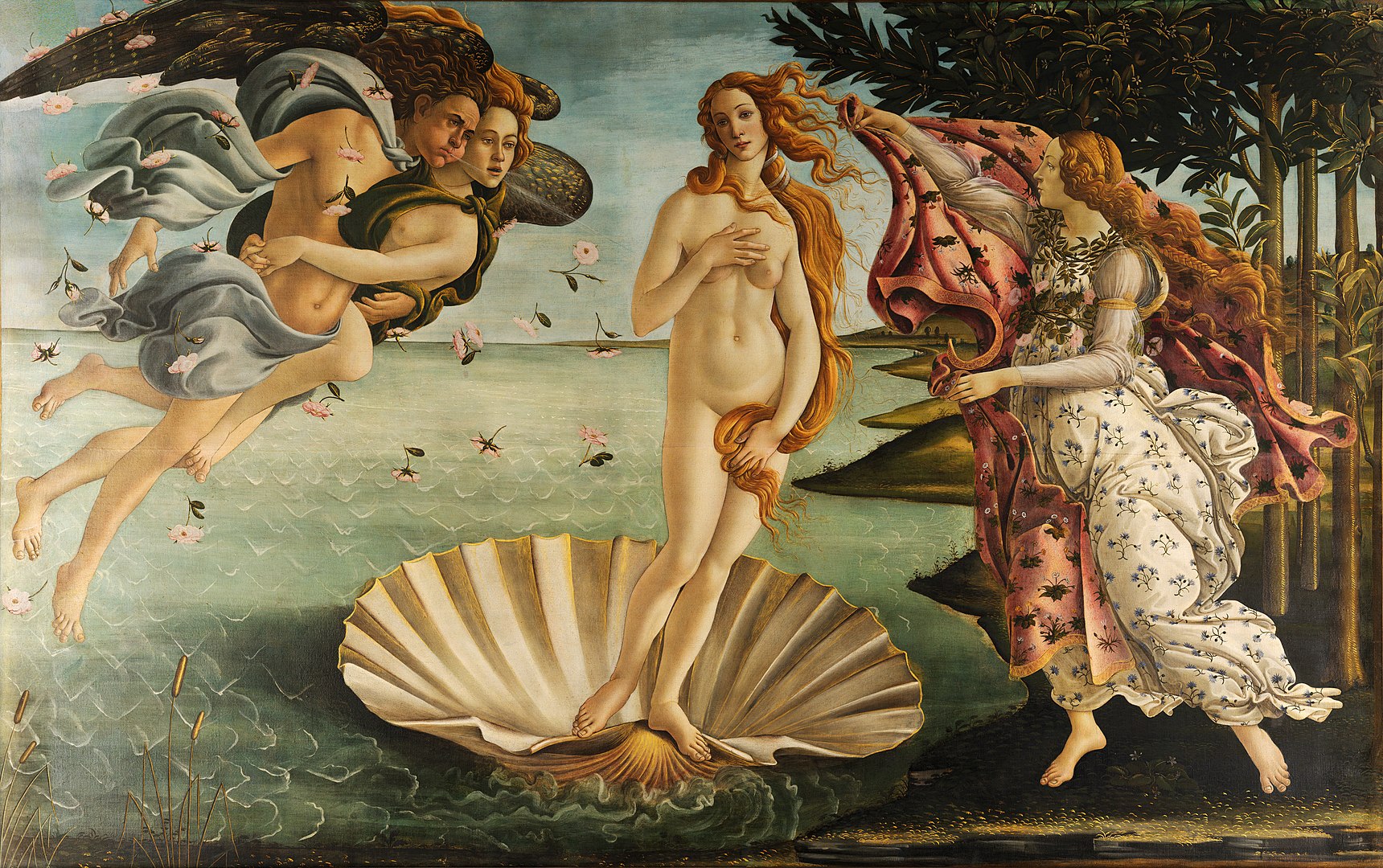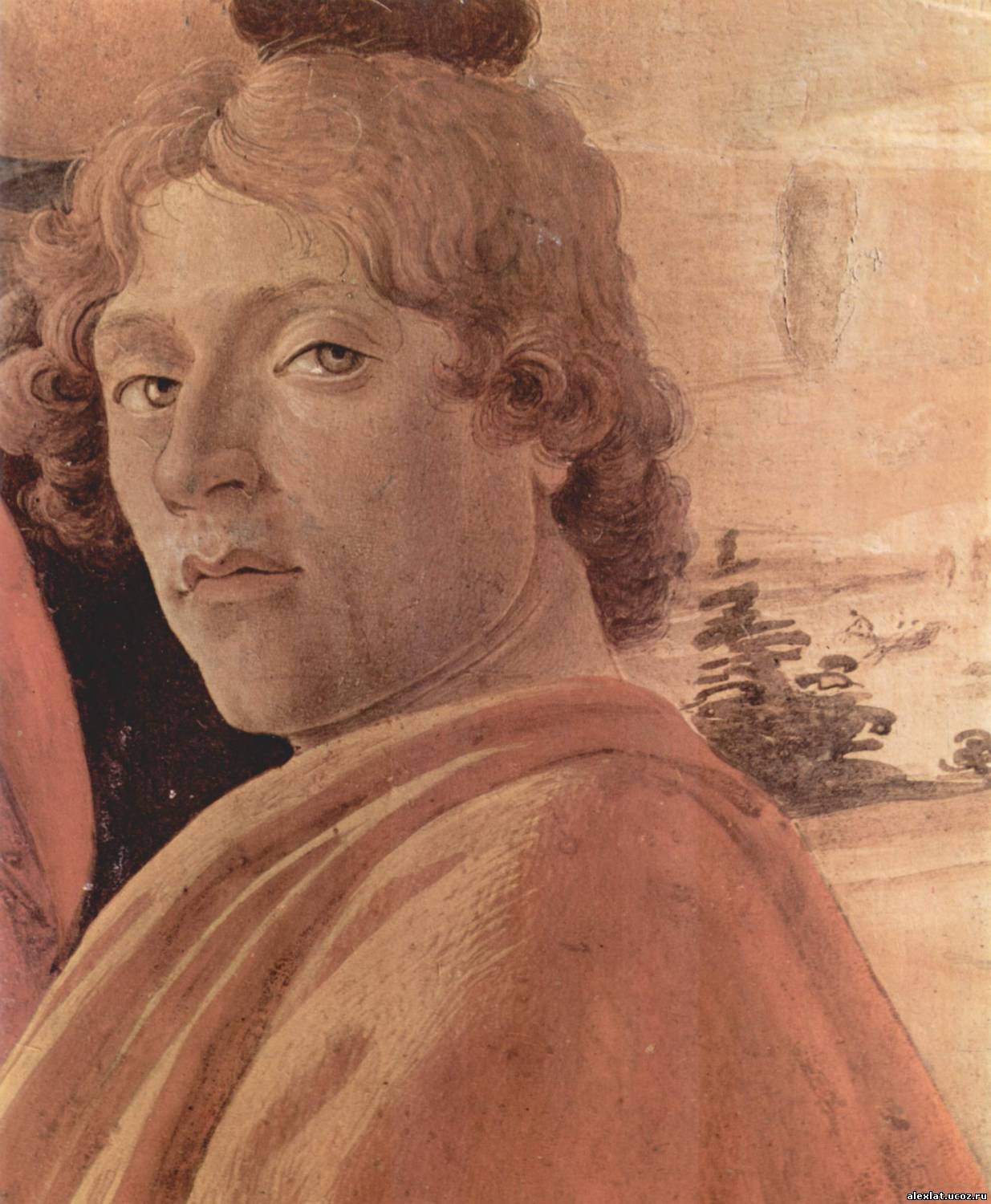Exactly 10 years ago the first version of the DailyArt app was released. I truly can't believe this; in my wildest dreams I never thought that this tiny app would grow so much! We are honored that every month we deliver the daily dose of art to around 800,000 people around the world ... and in 22 languages. This would never happen without our brave DailyArt Team and our intrepid team of 500 translators and proofreaders. Thank you so much for being all these years with us. We wouldn't be here without you. :)
If you wish us well, please consider a donation for the new version of DailyArt app. We need 100,000 to make it happen—and it will be amazing. Learn about our plans and how can you help us here. Once again, thank you for everything!!!
- Zuzanna & DailyArt Team
Ten years ago it was easy to schedule what to include in the app ... I started from absolute hits. I want to come back to these times and this week present to you my favorite masterpieces. Let's start with a total classic, The Birth of Venus.
One of the most famous works in art history depicts the goddess Venus arriving at the shore after her birth, when she had emerged from the sea fully grown. The composition, with a central nude figure and winged beings in attendance, is an echo of a traditional iconography of the Baptism of Christ, marking the start of His ministry on earth. In a similar way, this scene marks the start of Venus's ministry of love, whether in a simple sense, or the expanded meaning of Renaissance Neoplatonism, which was the dominant intellectual system of late 15th-century Florence.
At the left we see the wind god Zephyr, who blows at Venus, with the wind shown by lines radiating from his mouth. He carries a young female, who is also blowing, but less forcefully. Both have wings. Vasari, the art historian, best known for his Lives of the Most Excellent Painters, Sculptors, and Architects, was probably correct in identifying her as Aura, the personification of a lighter breeze. At the right we see a female figure who is of the three Horae or Hours, Greek minor goddesses of the seasons and of other divisions of time, and attendants of Venus. The floral decoration of her dress suggests she is the Hora of Spring.
P.S. If you also love The Birth of Venus like we do, check these 3 facts about this paintings that you probably didn't know!


 Sandro Botticelli
Sandro Botticelli